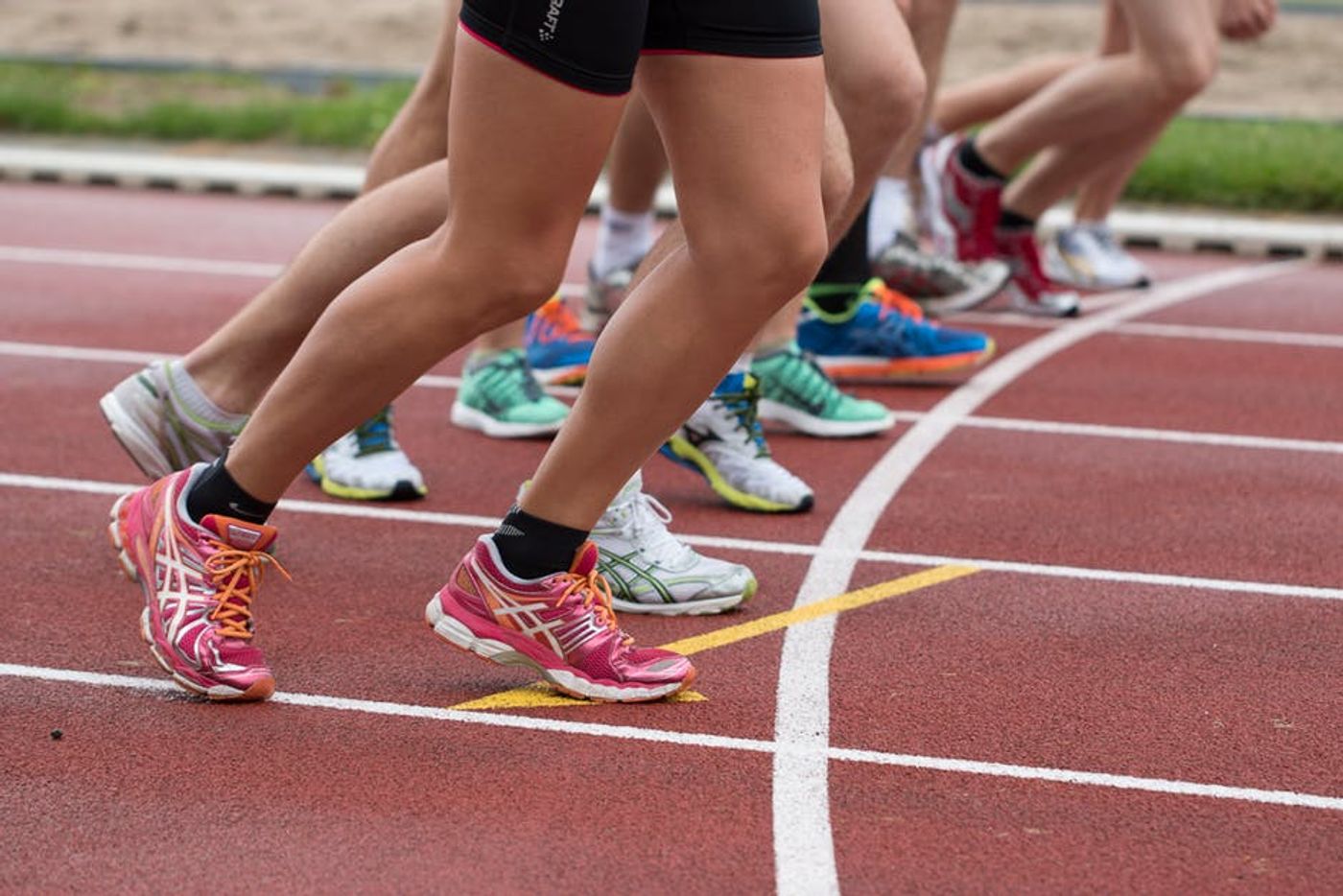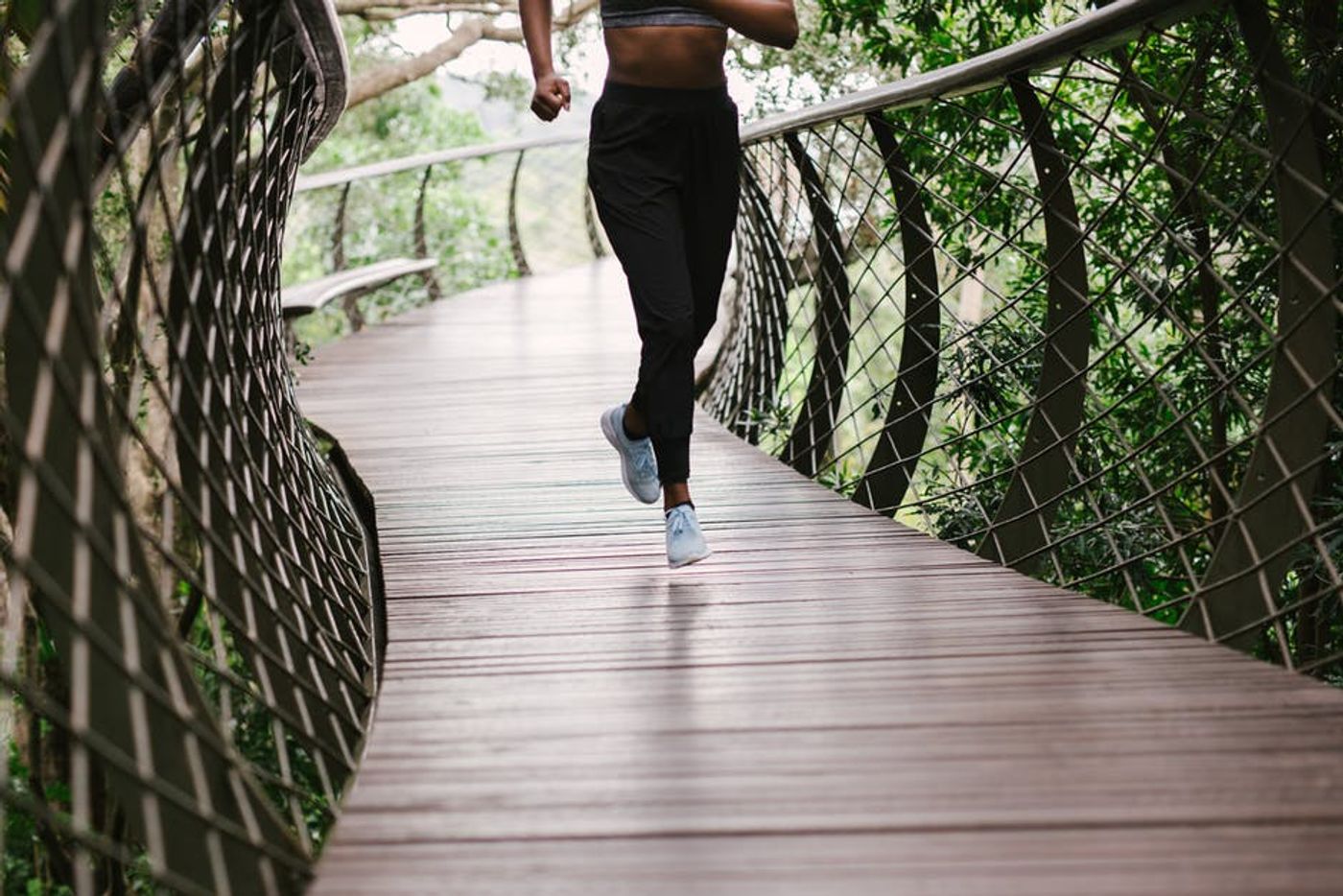Find the Motivation to Exercise with Imagery
Those involved in professional sports have a lot on their plate. From fitting in intense regular workouts to getting adequate sleep, to eating a healthy diet, a lot goes into being a high-performing athlete. This goes not only for professionals on sports teams but for those involved in individual sports, like running. What else are highly trained athletes doing to prepare for these seemingly superhuman events? Furthermore, where do they find the motivation to do so?
Sport scientists have been focusing increasingly on mental preparation for sporting events. Not only are our top-performing athletes preparing their bodies, but they are also preparing their minds. Often under the guidance of a team provided sports psychologist, modern athletes employ a variety of mental tools to help give them a competitive edge. One of the most commonly employed of these tools is imagery.
Imagery is used for several reasons and sport. These reasons include: reducing stress, reducing performance anxiety, boosting confidence, preparing to physically perform a task, helping to alleviate pain and to heal faster and more completely. Imagery can even be used for enhancing motivation.
Although imagery is a technique most often taught to competitive athletes in professional settings, there is no reason you cannot employ visualization into your own sports practice.
Although it is unlikely that you will need to deal with the high stress of a high stakes sports game during your morning run, everybody can benefit from a little added motivation.
More motivation means you are more likely to stick with heart-healthy fitness routines. It can also help to reach those challenging cardiovascular goals, which often have long endurance components.
To add imagery to your routine, sports psychologists recommend making it a regular part of your workout preparation. They also recommend starting slow, with just a few minutes, and building up your visualization practice.
Although there are different ways to use imagery, preparing to compete in a big event is one of the most common. If your intention to prepare for a marathon, for example, you may choose to prepare using visualization. To do so, find a comfortable, quiet place. Make sure your space is free of distractions and close your eyes and imagine yourself passing the finish line. You want to spend time visualizing the details. What does completing the race look, sound, smell, and feel like? How did you feel at mile 5, mile 10, and mile 15? These questions help to bring an image to mind.
For many, this leaves them feeling more motivated than before. Studies show that once you’ve imagined completing a task, you are more committed to doing so.
Sources: Journal of Physical Fitness and Sports Medicine, TED










